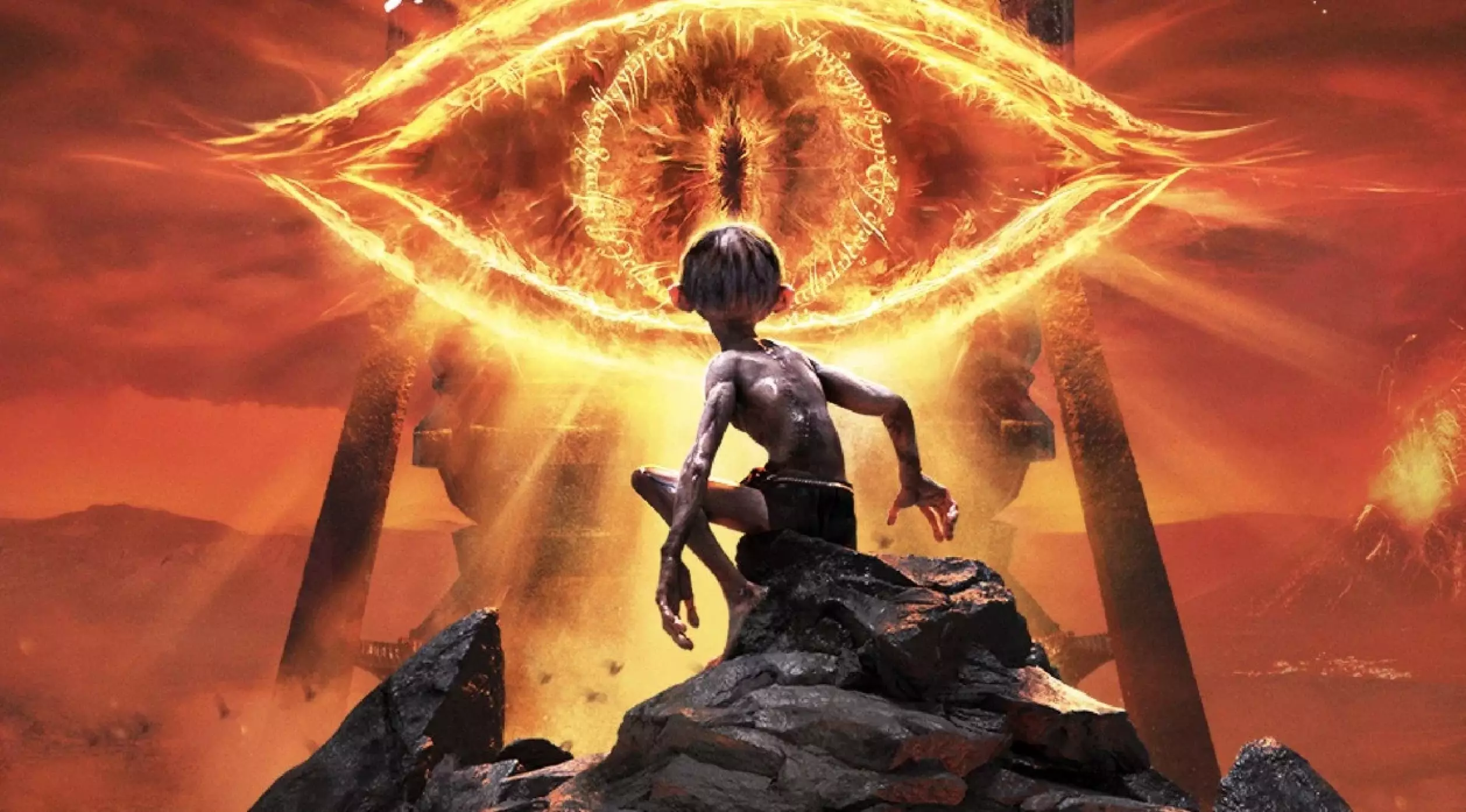J.R.R. Tolkien’s Middle-earth is a universe imbued with grandeur, depth, and a sense of timeless myth. Its landscapes—mystical forests, desolate Mordor plains, and idyllic Shire fields—are vivid characters in their own right, evoking wonder and nostalgia. Central to Middle-earth’s charm is its ability to balance epic struggle with intimate personal stories. This richness has historically made it an ideal candidate for storytelling across multiple media, from literature to film. However, translating its essence into the interactive realm of video games has proven an arduous task, as recent failures have starkly demonstrated.
The core challenge lies in capturing Middle-earth’s unique identity—not just its aesthetic, but its soul. Too often, developers fall into the trap of treating it either as a film tie-in with superficial visual fidelity or reducing it to a mere playground for genre clichés. In essence, they forget that Middle-earth is a crucible of moral complexity, heroism, tragedy, and serenity. When adapted without a clear understanding of what makes Tolkien’s world compelling, games risk becoming hollow shells that neither honor the universe nor satisfy player expectations.
The Fallacy of Genre Mismatch
The twin misadventures of “The Lord of the Rings: Gollum” and “Tales of the Shire” showcase the perils of misjudging genre appropriateness. Gollum, a stealth-action game, sought to offer players an unconventional Tolkien experience by putting them into the shoes of a deeply flawed character. Yet, what might have been an intriguing exploration of inner conflict devolved into a tedious chore. Its shallow mechanics—loose platforming, AI that could be easily exploited, and a lack of meaningful narrative engagement—stripped away the complexity that could have made the game a compelling study of obsession and corruption.
Conversely, Tales of the Shire aimed to tap into the cozy game trend—an appealing choice given the serene beauty of the hobbits’ homeland. But this misjudged the expectations of its audience. Rather than delivering a layered, immersive village life experience, it presented a superficial checklist of mundane activities. Its simple fetch quests, weak NPC interactions, and technical flaws on platforms like the Switch betrayed a lack of depth, making the game feel more like a cosmetic experiment than a genuine embodiment of Hobbit life.
These failures highlight a critical mistake: developers often try to retrofit popular genres onto a beloved universe without respecting the genre’s intrinsic qualities or the audience’s deeper desires. Epic adventure fans want vast, meaningful quests; relaxation seekers desire authentic, engaging routines; but most importantly, they want these experiences rooted in the world’s essence. When games choose superficial genre adherence over meaningful gameplay rooted in the universe’s core themes, they create dissonance that fans quickly reject.
The Myth of the “One-Size-Fits-All” Middle-earth Game
A common misconception is that a single game can serve all Middle-earth fans equally. However, Tolkien’s universe is too rich, too layered, to be distilled into one-dimensional experiences. Yet, many developers have fallen into the trap of thinking that a safe, middle-ground approach—neither too ambitious nor too trivial—will satisfy everyone. The problem with this approach is that it dilutes the uniqueness of both the franchise and the genre.
Fans who hunger for epic sagas want to feel as if they’re participating in history-shaping quests, wielding great power, and confronting moral dilemmas. On the other hand, players seeking a cozy, relaxing game demand deep mechanics, meaningful interactions, and emotional resonance. Trying to merge these divergent expectations into a single, shallow experience is a surefire recipe for disappointment. Neither group truly gets what they want, and the result is a product that feels incomplete and uninspired.
The truth is, Middle-earth’s vast potential should inspire developers to specialize. For instance, an immersive RPG that explores the depths of the War of the Ring could satisfy epic enthusiasts. Conversely, a carefully crafted life-sim set in Hobbiton, with increasing social complexity and narrative depth, could serve the niche fans craving calm and charm. Both approaches are valid, but they require commitment, understanding, and respect for genre conventions.
Lessons for Future Middle-earth Games: Depth Over Breadth
Moving forward, developers must recognize that success lies in authenticity and depth, not in superficial spectacle or genre-hopping. A Middle-earth game should be a universe in which mechanics serve the story and setting, not an afterthought. When crafting such experiences, understanding what makes Tolkien’s work resonate—its moral ambiguity, its vivid characters, its mythic qualities—is essential.
Epic-scale titles, backed by significant resources, should embrace their grandeur. They must deliver expansive worlds filled with compelling narratives where players can make impactful choices, confront ethical dilemmas, and forge their own legends. Conversely, smaller projects focusing on specific facets—like life in the Shire—should strive for mechanical richness. This could mean innovative farming systems, complex social relations, and a narrative depth that makes spending time in Hobbiton genuinely rewarding.
The middle ground—the shallow, poorly executed “hybrid”—must be abandoned. Successful adaptation requires either amplifying the scale and seriousness or narrowing focus to craft a nuanced, compelling experience. This is not just about technological prowess but about an honest understanding of what fans want and how to deliver it authentically.
The Power of Authentic Passion
Ultimately, the future of Middle-earth gaming will hinge on passion and respect for the source material. Fans are savvy—they can detect when a game has been slapped together as a quick cash grab versus when it’s a labor of love. Games that strive for superficial appeal often leave players feeling disconnected from Middle-earth’s deeper truths.
Creating truly memorable Middle-earth experiences demands careful storytelling, innovative gameplay, and above all, a respect for the universe’s moral and emotional complexity. When developers embrace these principles, they can craft worlds that do justice to Tolkien’s legacy and deeply satisfy diverse gaming audiences. Anything less risks repeating the cycle of disappointment seen in recent attempts—failures that could have been avoided with a more honest, passionate approach rooted in understanding what makes Middle-earth timeless.

